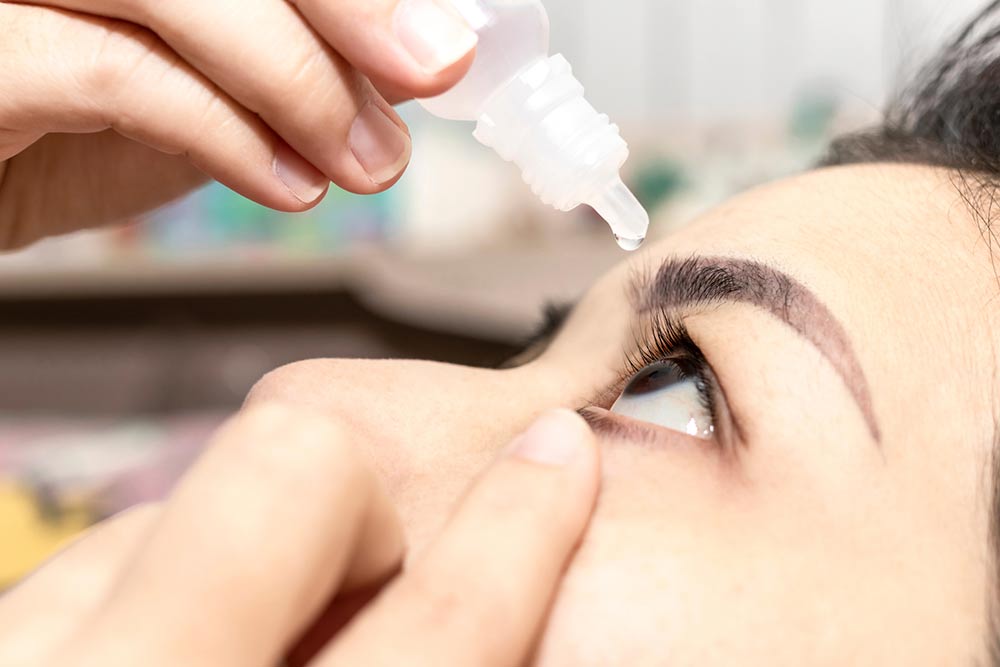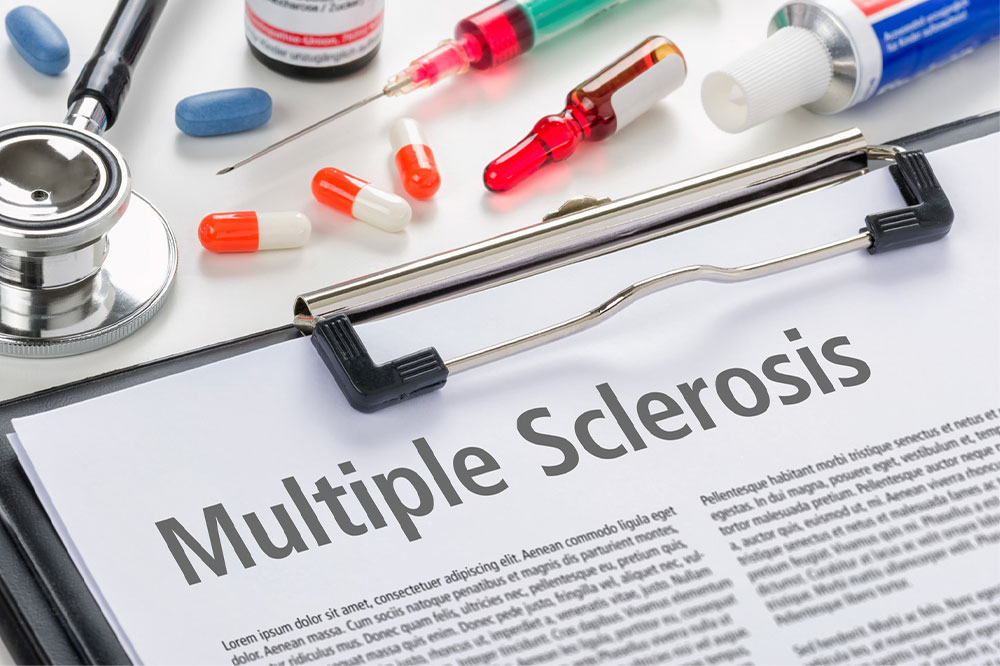
Health
6 common signs of thyroid eye disease
Often, one may notice some irritation and redness in the eyes, which is typically brought on by an allergic reaction, foreign substances entering the eyes, or excessively rubbing the eyes. In rare cases, it could indicate an underlying condition. For instance, thyroid eye disease is an autoimmune condition responsible for eye inflammation. So, one can watch out for the following common signs of the condition to seek an early diagnosis: 1. Red eyes Thyroid eye disease can cause redness of the eyes, which is also one of the first signs of the condition. It is brought on by inflammation, swelling, and irritation of the thin coating, called conjunctiva, that covers the white portion of the eyes. As eyes can seem to be red due to reasons other than thyroid eye disease, it is common to ignore this symptom and delay medical intervention. However, if one notices persistently red eyes, they should consult a doctor and get a diagnosis. 2. Dry eyes The increase in inflammation levels associated with thyroid eye disease can lead to a number of issues, including dry eyes and the feeling of grittiness in the region. Autoimmune thyroid conditions are known to result in dry eye syndrome at times.
Read More 













